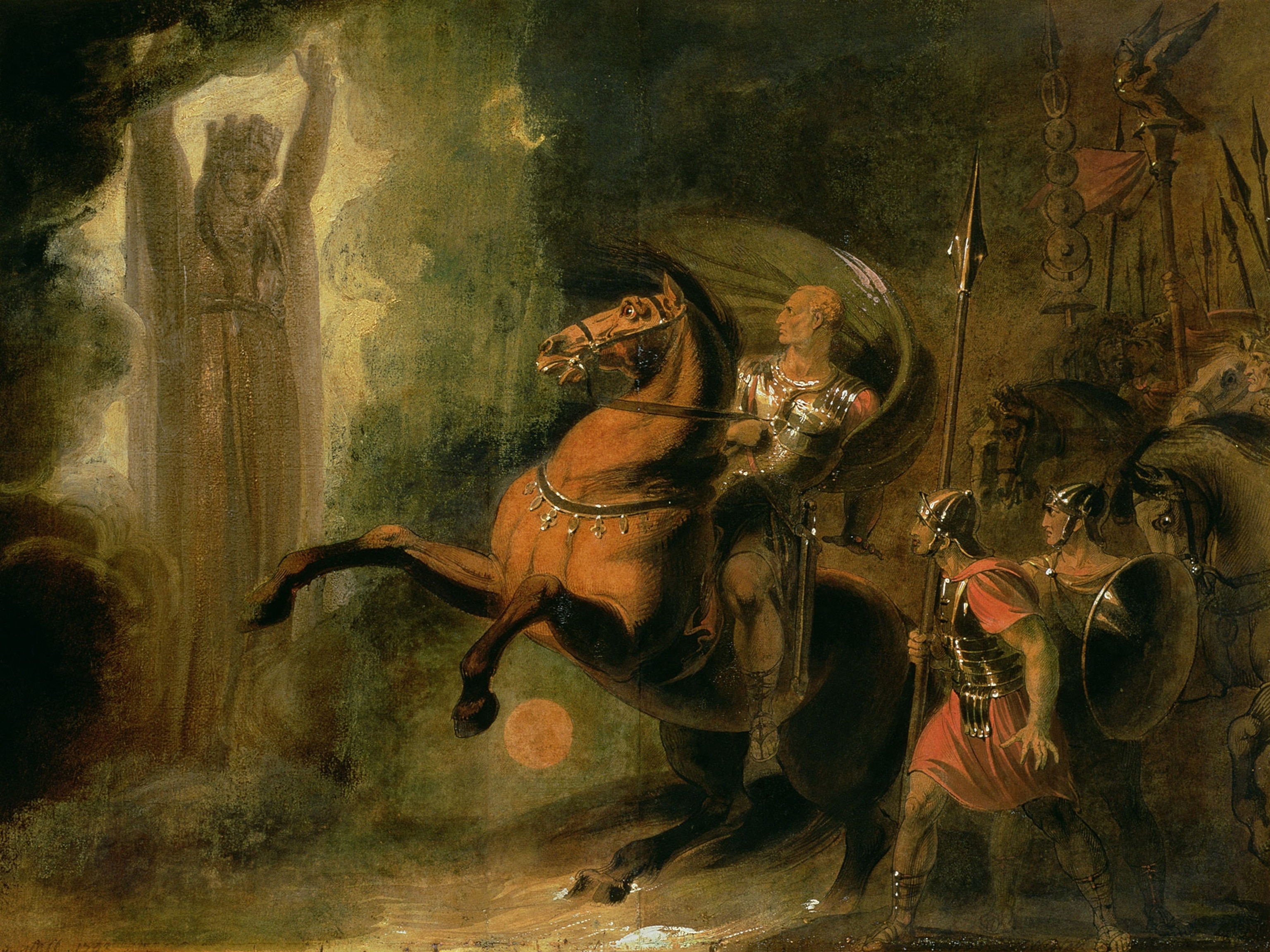
What Does First-century Roman Graffiti Say?
Work at Rome’s Colosseum turns up 2,000-year-old scrawling.
A facelift of the Colosseum in Rome that began last fall has revealed centuries of graffiti. Removing the accumulated grime and calcification, experts discovered layers of inscriptions on the section of a wall seen here—designs in red and faded gray from antiquity, and lettering in black left by visitors in modern times.
Built in the first century, the Colosseum may have held crowds as large as 50,000 people. Its numbered entrances and covered passages were designed to get spectators in and out quickly and to separate the high and mighty from the hoi polloi. (Read about Rome's border walls in National Geographic Magazine.)
The wall in this picture flanked a passage that led to an upper tier. There, women, children, and slaves perched in the cheap seats to watch the bloody spectacle of gladiators and wild beasts battling for their lives on the arena floor 60 feet (18 meters) below.
Even in the dim light of this passage, the designs painted in red would have been easy to see against a background of white plaster. Today, the meaning of the designs in this particular spot is a mystery, though patches of newly cleaned plaster on other parts of the wall show a palm frond in red (a symbol of victory) and the letters "VIND," which may be part of the word vindicatio, or vengeance. (See photo of street art graffiti)
In the area above what looks like the large "S," meanwhile, Roman graffiti expert Rebecca Benefiel sees the faint gray profile of a face. "That was the single most popular image to draw in ancient graffiti," she says.
In the Roman period people rarely wrote their messages on top of existing graffiti. "There was a different understanding of writing on a wall," said Benefiel, a classics professor at Washington and Lee University. "You left space."
By the 19th century, the Colosseum was a famous monument, and its graffiti had become a tangled, overwritten record of tourists' visits. "Writers were aware of being in a historic place," said Benefiel. "They were making a mark to emphasize their presence."
Names and dates were important. So was place of origin. On this wall, in 1892, J. Milber wanted the world to know that he had traveled from the city of Strasbourg.
Officials in Rome say they plan to open this passage to the public once the restoration work is done. Presumably some kind of barrier will prevent future tourists from adding their own autographs for posterity.





